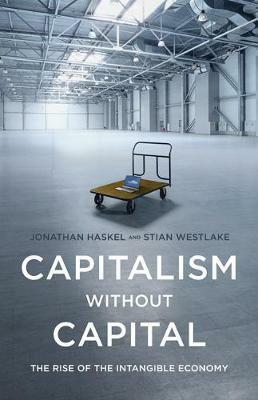Traditionally any business had to have assets to operate, such as property, plant, and equipment (PP&E). We call it tangible assets. But at some point in the past, PP&E is not needed to operate a business. This item may be responsible only for a few percent of a company’s assets. The bulk of assets is intangibles, such as patents, rights, software, and more. Additionally, frequently companies can not account for particular intangible assets, because current accounting standards do not allow them to do so, and companies expense these investments, not capitalize them.
Then authors explain the features and consequences of this trend. For example, tangible assets “are more likely to be scalable and have sunk costs; and their benefits are more likely to spill over and exhibit synergies with other intangibles”. I think this book is in line with another business-oriented book - The Almanack of Naval Ravikant: A Guide to Wealth and Happiness, there the author argues: “Business leverage comes from capital, people, and products with no marginal cost of replication (code and media)”.
Which is my personal lesson from the book? In the modern investment world company’s assets on the balance sheet matter less and less. P/B and other Bs multiplicators do not seem useful at all. The ability to make profits (and pay back to investors!) in the long run is much more important than a ballooned balance sheet.
Also, I think the authors did their homework and wrote a perfect Introduction and Conclusion. If you do not have a lot of free time, just read them and you get the point of the book.
